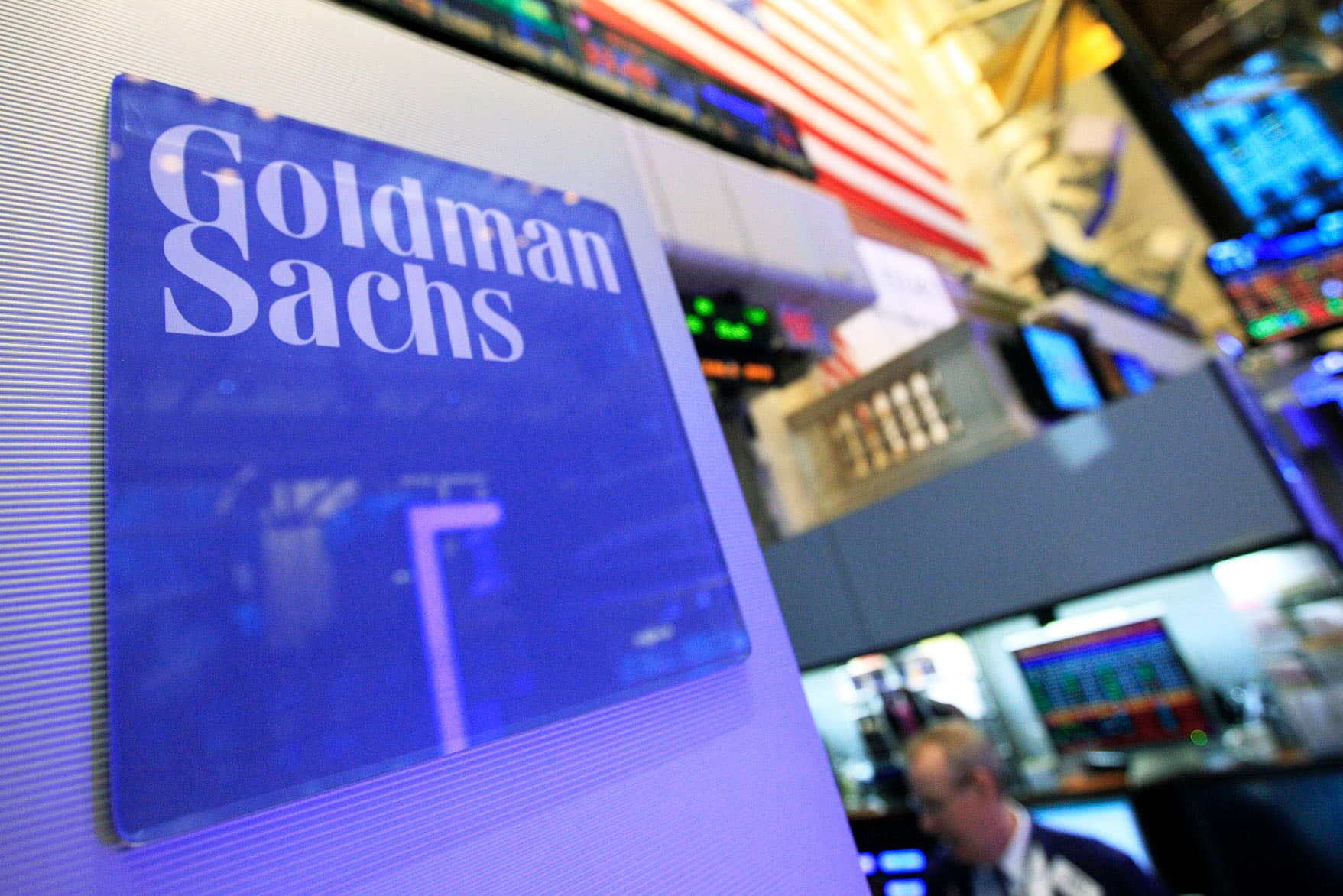A Goldman Sachs sign is seen on at the company’s post on the floor of the New York Stock Exchange.
Brendan McDermid | Reuters
It doesn’t look like Wall Street is going back to work in any great numbers, at least any time soon.
That seems to be the message from major money center banks with large trading operations. Morgan Stanley, Goldman Sachs, Citigroup, JPMorgan, and Bank of America have all reported this week, as has Wells Fargo, which does not have a substantial trading operations but also has many banking employees in offices all over the country.
So far, few employees — traders or otherwise — have returned to their desks. JP Morgan said 80% of employees were still working from home. Bank of America said more than 85% were still working from home, Morgan Stanley said 90% were still working from home. At Bank of New York, 95% of employees were still working from home.
Health concerns are the major reason for continuing to work from home, but many executives emphasized how well the whole work-from-home experiment had been going.
“We’ve been now at 90% of the folks working from home for a while now, and the plant continues to hold up quite well,” Jonathan M. Pruzan, Morgan Stanley’s chief financial officer said.
Bank of New York Mellon has had a similar experience: “Our operating platforms and infrastructures are supporting the current market working model well with record volumes in certain areas,” CEO Thomas P. Gibbons said.
Only Goldman Sachs appears to have an aggressive approach to bringing its traders back to work. A small group of employees have already returned to the New York office, but CEO David Solomon implied that would be changing soon.
“Our firm has always had a team-oriented apprenticeship culture, and we benefit from being and working together,” he said on a conference call.
Solomon said the firm already was using a “split-team approach” in Hong Kong, with up to 50% working from the office. In Europe, 35% have already returned; 15% have returned in the U.K.
But Goldman seems to be in the minority. Indeed, some are pushing the return date out even further.
Last week, BTIG became the first firm to announce its 11 offices would remain shut through 2020. “There is no need for any immediate return to the office in any location,” Jennifer Mermel, chief operating officer, said in an announcement. “Our staff is secure in their positions and our clients are highly satisfied with our services during this transitional period.”
Co-founder Steve Starker cited the success of work-from-home technology as a key factor.
“We’ve been thrilled by our teams’ abilities to rapidly migrate to using technology from home,” he said. “The transition was much easier than we would have ever anticipated.”
What about 2021? Starker said he anticipates at least half of the staff to combine remote and in-office work on a permanent basis.
Fifty percent working from home?
Sounds far fetched, but a similar sentiment was expressed by Morgan Stanley CEO James Gorman in a recent CNBC interview.
“My long-term hope for start of the year globally is to have about 50% of employees in the office — not every day of the week, but about 50% of employee hours worked will be in the offices,” he said.
— Transcripts provided by Sentieo
